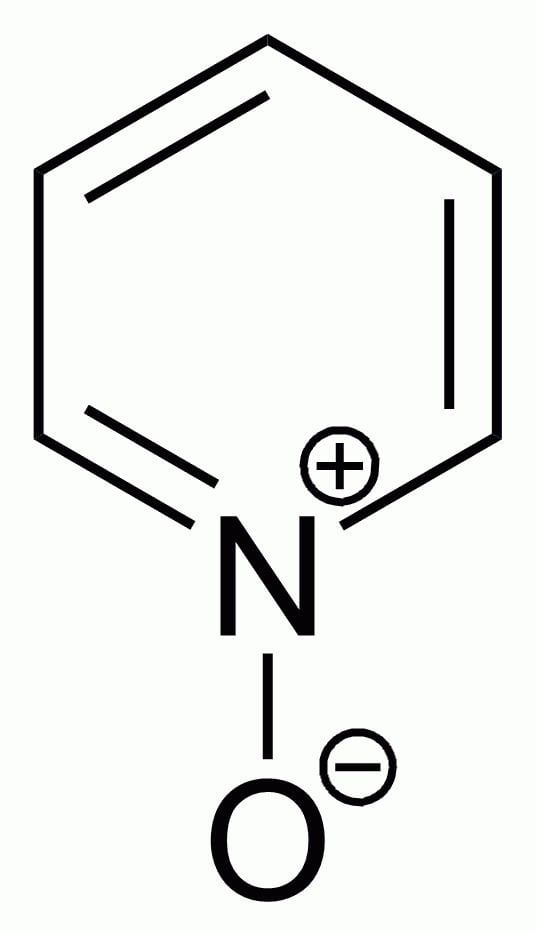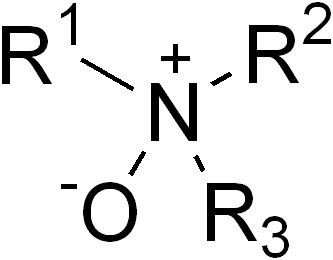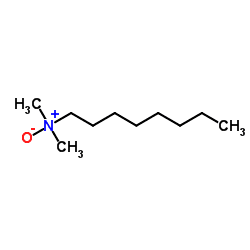 | ||
Amine oxide market by future market insights
An amine oxide, also known as amine-N-oxide and N-oxide, is a chemical compound that contains the functional group R3N+−O−, an N−O coordinate covalent bond with three additional hydrogen and/or hydrocarbon side chains attached to N. Sometimes it is written as R3N→O or, wrongly, as R3N=O.
Contents
- Amine oxide market by future market insights
- Amine oxide
- Applications
- Properties
- Synthesis
- Reactions
- Metabolites
- Human safety
- Environmental safety
- References

In the strict sense the term amine oxide applies only to oxides of tertiary amines. Sometimes it is also used for the analogous derivatives of primary and secondary amines.

Examples of amine oxides include pyridine-N-oxide, a water-soluble crystalline solid with melting point 62–67 °C, and N-methylmorpholine N-oxide, which is an oxidant.

Amine oxide
Applications

Amine oxides are surfactants commonly used in consumer products such as shampoos, conditioners, detergents, and hard surface cleaners. Alkyl dimethyl amine oxide (chain lengths C10–C16) is the most commercially used amine oxide. They are considered a high production volume class of compounds in more than one member country of the Organisation for Economic Co-operation and Development (OECD); with annual production over 26,000, 16,000 and 6,800 metric tons in the US, Europe, and Japan, respectively. In North America, more than 95% of amine oxides are used in home cleaning products. They serve as stabilizers, thickeners, emollients, emulsifiers and conditioners with active concentrations in the range of 0.1–10%. The remainder (< 5%) is used in personal care, institutional, commercial products and for unique patented uses such as photography.
Properties

Amine oxides are used as protecting group for amines and as chemical intermediates. Long-chain alkyl amine oxides are used as amphoteric surfactants and foam stabilizers.

Amine oxides are highly polar molecules and have a polarity close to that of quaternary ammonium salts. Small amine oxides are very hydrophilic and have an excellent water solubility and a very poor solubility in most organic solvents.
Amine oxides are weak bases with a pKa of around 4.5 that form R3N+−OH, cationic hydroxylamines, upon protonation at a pH below their pKa.
Synthesis
Amine oxides are prepared by oxidation of tertiary amines or pyridine analogs with hydrogen peroxide (H2O2), Caro's acid or peracids like mCPBA in N-oxidation.
Reactions
Metabolites
Amine oxides are common metabolites of medication and psychoactive drugs. Examples include nicotine, Zolmitriptan, and morphine.
Amine oxides of anti-cancer drugs have been developed as prodrugs that are metabolized in the oxygen deficient cancer tissue to the active drug.
Human safety
Amine oxides (AO) are not known to be carcinogenic, dermal sensitizers or cause reproductive toxicity. They are readily metabolized and excreted if ingested. Chronic ingestion by rabbits found lower body weight, diarrhea and lenticular opacities at a lowest observed adverse effect levels (LOAEL) in the range of 87–150 mg AO/kw bw/day. Tests of human skin exposure have found that after 8 hours less than 1% is absorbed into the body. Eye irritation due to amine oxides and other surfactants is moderate and temporary with no lasting effects.
Environmental safety
Amine oxides with an average chain length of 12.6 have been measured to be water-soluble at ~410 g L−1. They are considered to have low bioaccumulation potential in aquatic species based on log Kow data from chain lengths less than C14 (bioconcentration factor < 87%). Levels of AO in untreated influent were found to be 2.3–27.8 ug L−1, while in effluent they were found to be 0.4–2.91 ug L−1. The highest effluent concentrations were found in oxidation ditch and trickling filter treatment plants. On average, over 96% removal has been found with secondary activated sludge treatment. Acute toxicity in fish, as indicated by 96h LC50 tests, is in the range of 1,000–3,000 ug L−1 for carbon chain lengths less than C14. LC50 values for chain lengths greater than C14 range from 600 to 1400 ug L−1. Chronic toxicity data for fish is 420 ug/L. When normalized to C12.9, the NOEC is 310 ug L−1 for growth and hatchability.
